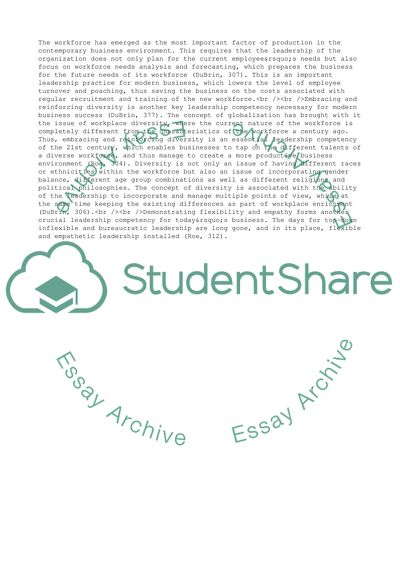Cite this document
(What Are Key Leadership Practices for Todays Businesses Assignment Example | Topics and Well Written Essays - 2000 words - 10, n.d.)
What Are Key Leadership Practices for Todays Businesses Assignment Example | Topics and Well Written Essays - 2000 words - 10. https://studentshare.org/management/1854139-leadership
What Are Key Leadership Practices for Todays Businesses Assignment Example | Topics and Well Written Essays - 2000 words - 10. https://studentshare.org/management/1854139-leadership
(What Are Key Leadership Practices for Todays Businesses Assignment Example | Topics and Well Written Essays - 2000 Words - 10)
What Are Key Leadership Practices for Todays Businesses Assignment Example | Topics and Well Written Essays - 2000 Words - 10. https://studentshare.org/management/1854139-leadership.
What Are Key Leadership Practices for Todays Businesses Assignment Example | Topics and Well Written Essays - 2000 Words - 10. https://studentshare.org/management/1854139-leadership.
“What Are Key Leadership Practices for Todays Businesses Assignment Example | Topics and Well Written Essays - 2000 Words - 10”. https://studentshare.org/management/1854139-leadership.


